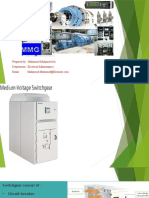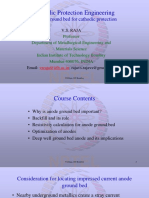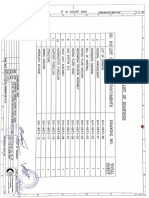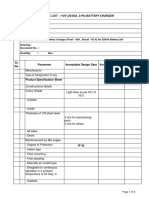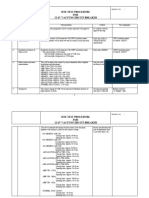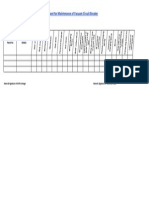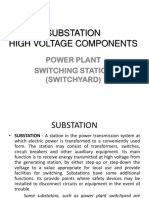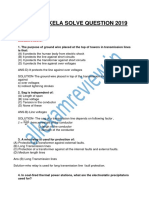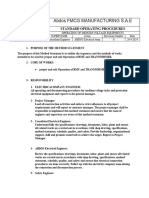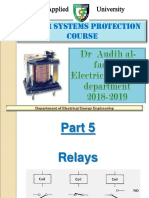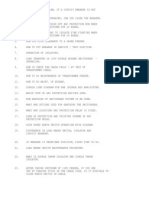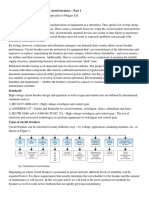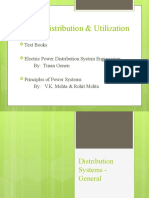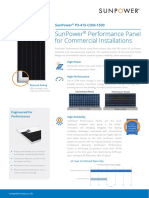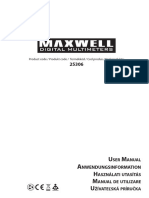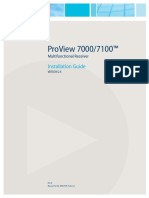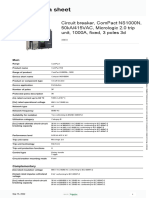0% found this document useful (0 votes)
224 views28 pagesIntroduction To Switchgear - Lecture V
Switchgear is a combination of switches, fuses, and circuit breakers used to control, protect, and isolate electrical equipment. It is used to de-energize equipment and clear faults. The main types of switchgear are circuit breakers, load breaking switches, isolators, fuses, and bypass and changeover switches. Switchgear can be categorized by function, voltage level, and whether it uses automatic or manual operation. Common circuit breaker types include oil circuit breakers, vacuum circuit breakers, air blast circuit breakers, and SF6 circuit breakers.
Uploaded by
Kinoti Mugiira NtundaCopyright
© © All Rights Reserved
We take content rights seriously. If you suspect this is your content, claim it here.
Available Formats
Download as PDF, TXT or read online on Scribd
0% found this document useful (0 votes)
224 views28 pagesIntroduction To Switchgear - Lecture V
Switchgear is a combination of switches, fuses, and circuit breakers used to control, protect, and isolate electrical equipment. It is used to de-energize equipment and clear faults. The main types of switchgear are circuit breakers, load breaking switches, isolators, fuses, and bypass and changeover switches. Switchgear can be categorized by function, voltage level, and whether it uses automatic or manual operation. Common circuit breaker types include oil circuit breakers, vacuum circuit breakers, air blast circuit breakers, and SF6 circuit breakers.
Uploaded by
Kinoti Mugiira NtundaCopyright
© © All Rights Reserved
We take content rights seriously. If you suspect this is your content, claim it here.
Available Formats
Download as PDF, TXT or read online on Scribd
/ 28




